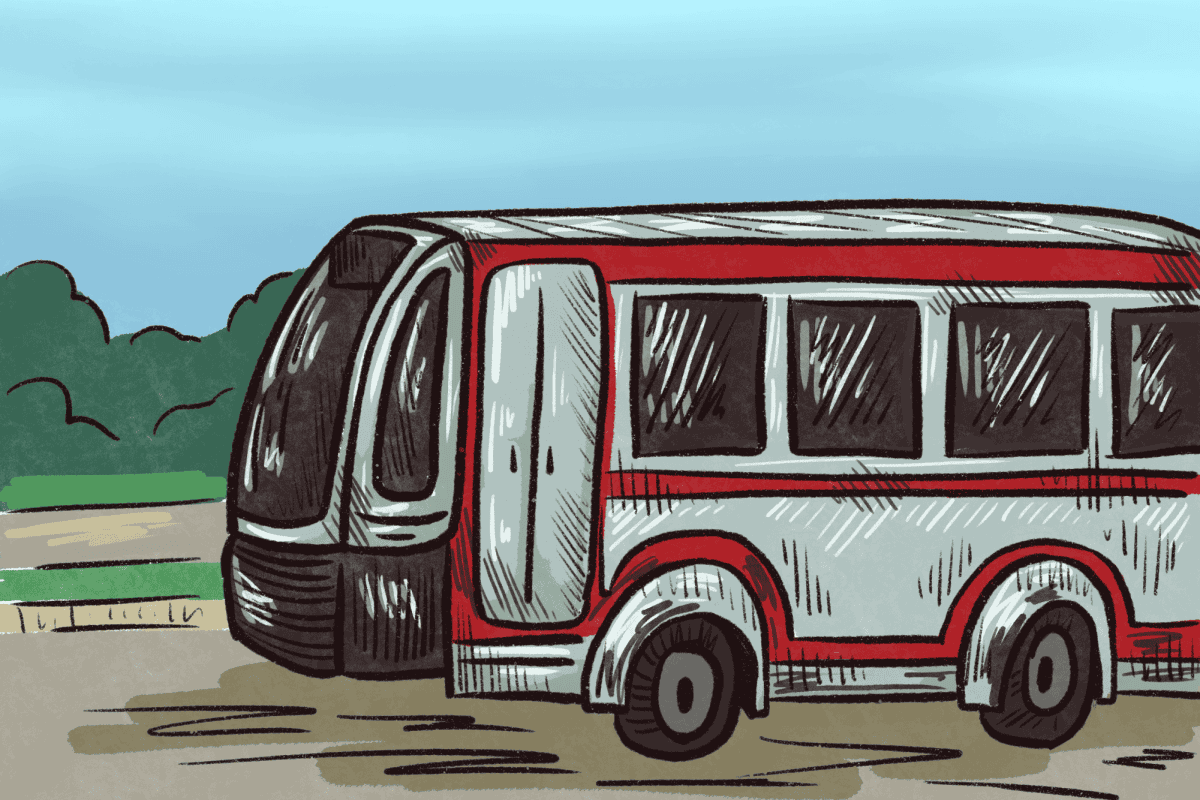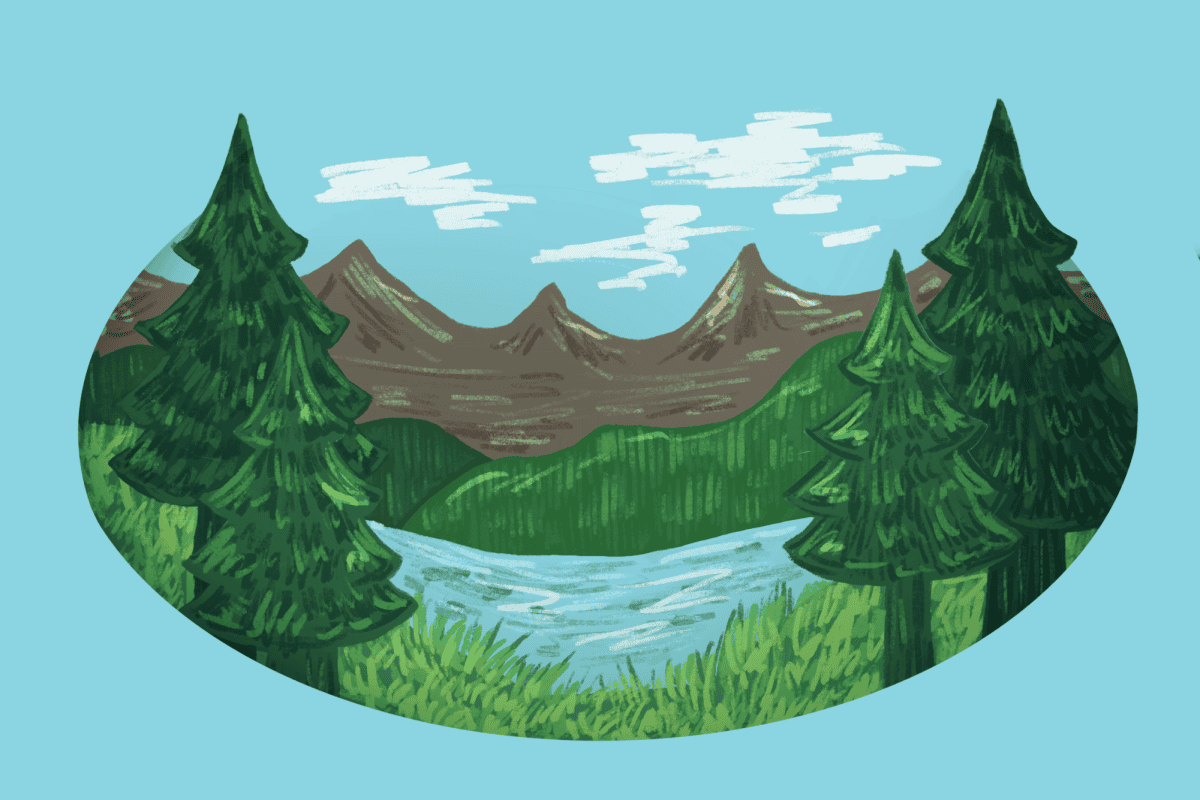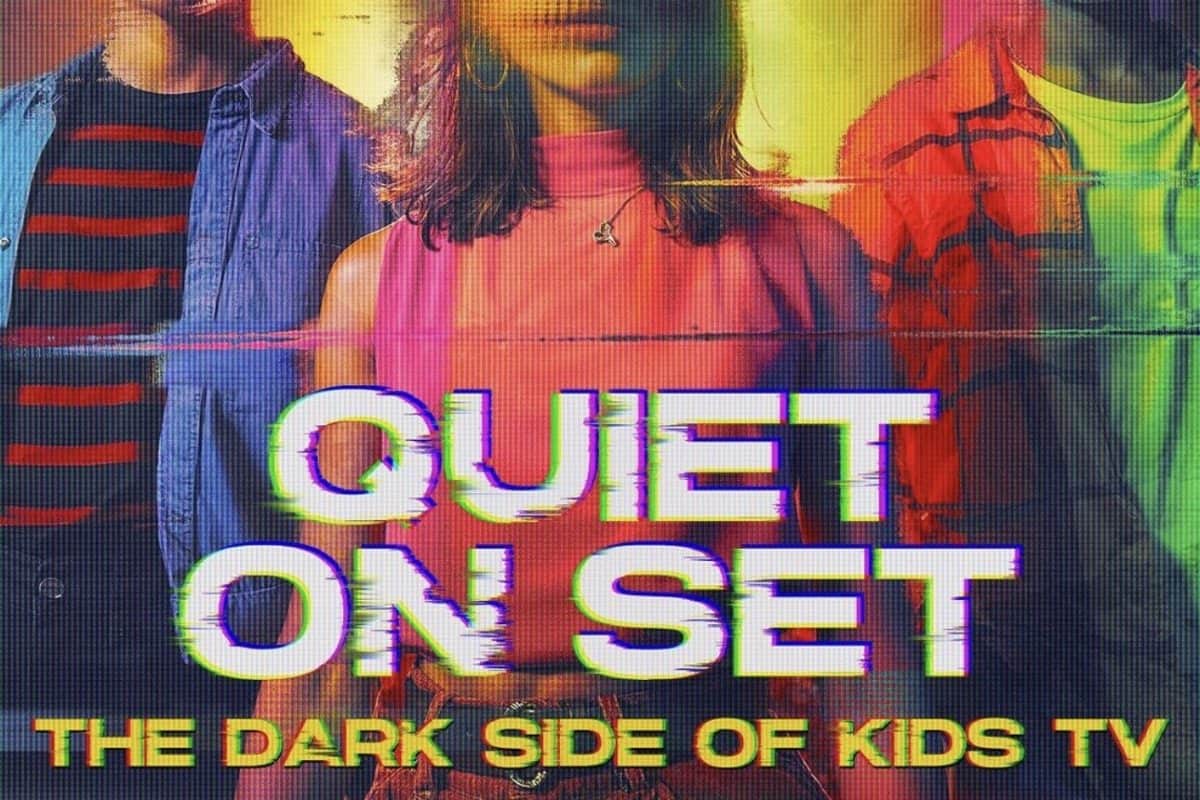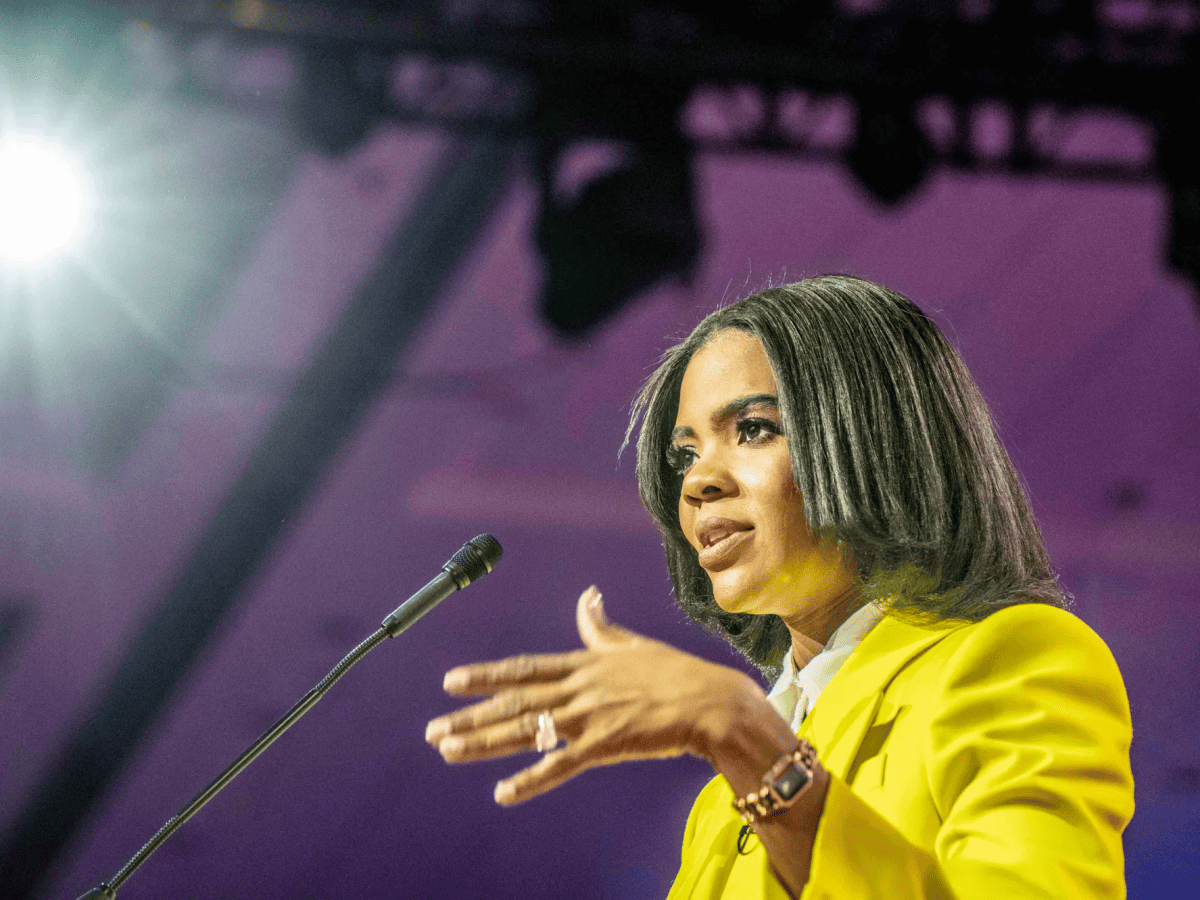April 27, 2011 is a day that forever changed me. In so many ways, it laid the foundation for the man I’ve become. In so many ways, it defined my entire Capstone experience.
Just a second semester freshman, still wet behind the ears, I had spent most of my life fascinated by and hyper aware of tornadoes. Growing up in a mobile home, we paid intensely close attention to severe weather threats. After I turned 16, I can remember chasing tornadoes around my native Perry County. I can even remember chasing one of those bastards across northern Tuscaloosa County in the fall prior to that fateful April. I had seen quite a few F1-F3 tornadoes across pastures and from distant hilltops. I had seen the vast swaths of wilderness laid waste by their force. I had even seen the homes of friends ripped to shreds in the spring of 2008. Of all the things I had seen, nothing could have prepared me for what I saw and, more importantly, what I heard on that Wednesday in April.
My memory is flooded with images of that day, that night, and those ensuing weeks. I remember the sight of 20 ft beams driven through brick walls, of vehicles stripped of their paint by the vicious blast of sand and gravel, and more than any other, the sight of a massive churning monster, filling the entire horizon, made all the more sinister by the tentacles of swirling funnels flailing out from its monumental core. It looked as if God himself were lashing the earth. Yeah, it was a nasty beast.
More than the images, though, the memories that have stuck like a tick these past five years are the sounds that came after the storm. As I lay awake that night, powerless in my dorm (figuratively and literally), I was subjected to the incessant sound of crashing cars outside my open window coming from the Jack Warner/Hackberry Lane intersection. With the entire city in the dark, and with first responders and law enforcement rightly dedicated to rescue and recovery, countless cars flung themselves into one another from the blackness of night. I heard so many of these collisions that the sound of screeching brakes, shattering glass, and crumpling metal haunt me to this day.
Finally, and most notably, I remember the sounds of the aftermath. Despite the chainsaws whirring, hammers pounding, heavy machinery grumbling, and the rhythmic thud of National Guard rotor blades, there was an audible message of unity and love that reverberated over the rubble. That melodious sound gives me hope to this day. Student and resident, greek and non-greek, religious and secular, wealthy and underprivileged, black and white, and every other divisive dichotomy in this community disappeared overnight. For a brief moment, we were one – working towards a unified goal with boundless respect, appreciation, and empathy for another.
We can learn many things from April 27; chief among them, love thy neighbor. The harmony of voices that echoed in and around Tuscaloosa was the most elusive of sounds, but one that I fully believe we as a society can replicate. Perhaps I am naïve, but I am hopeful nonetheless.
As we move forward, let us not celebrate the University’s new shelters or another busy, congested strip mall, let us not celebrate how hard students worked to pack lunches or how integral the University was to Tuscaloosa’s recovery, let us instead return our noses to the grindstone of community building. Let us remember the lost, the hurt, and the hurting. If we are to celebrate April 27, let us celebrate the phoenix of camaraderie that arose from the ashes of sheer carnage. Let us celebrate the resiliency of humankind. Let us celebrate and, most importantly, practice the capacity for love that rang out from Tuscaloosa, Alabama, after April 27, 2011.
Landon Nichols is a graduate student studying public administration.






